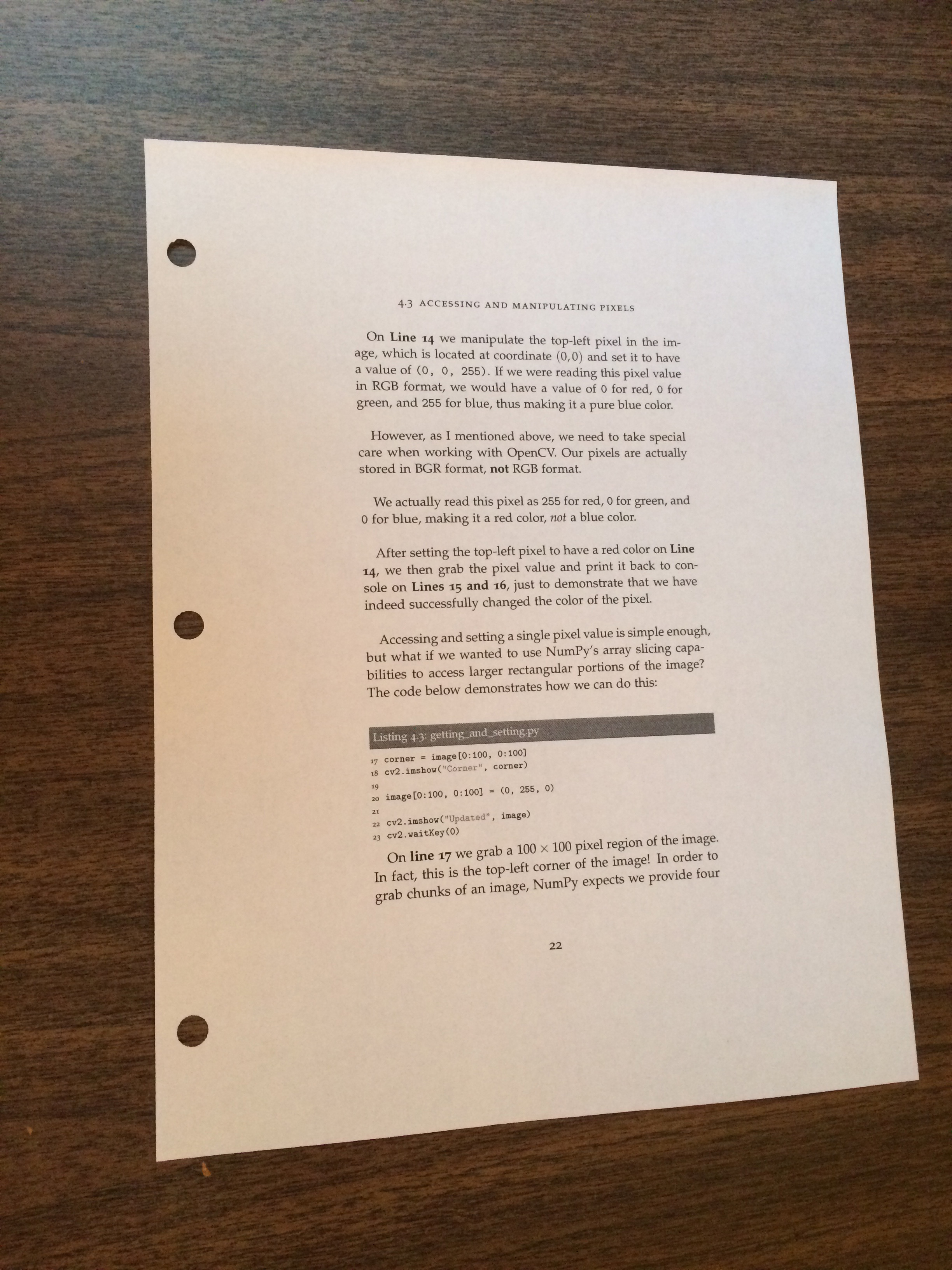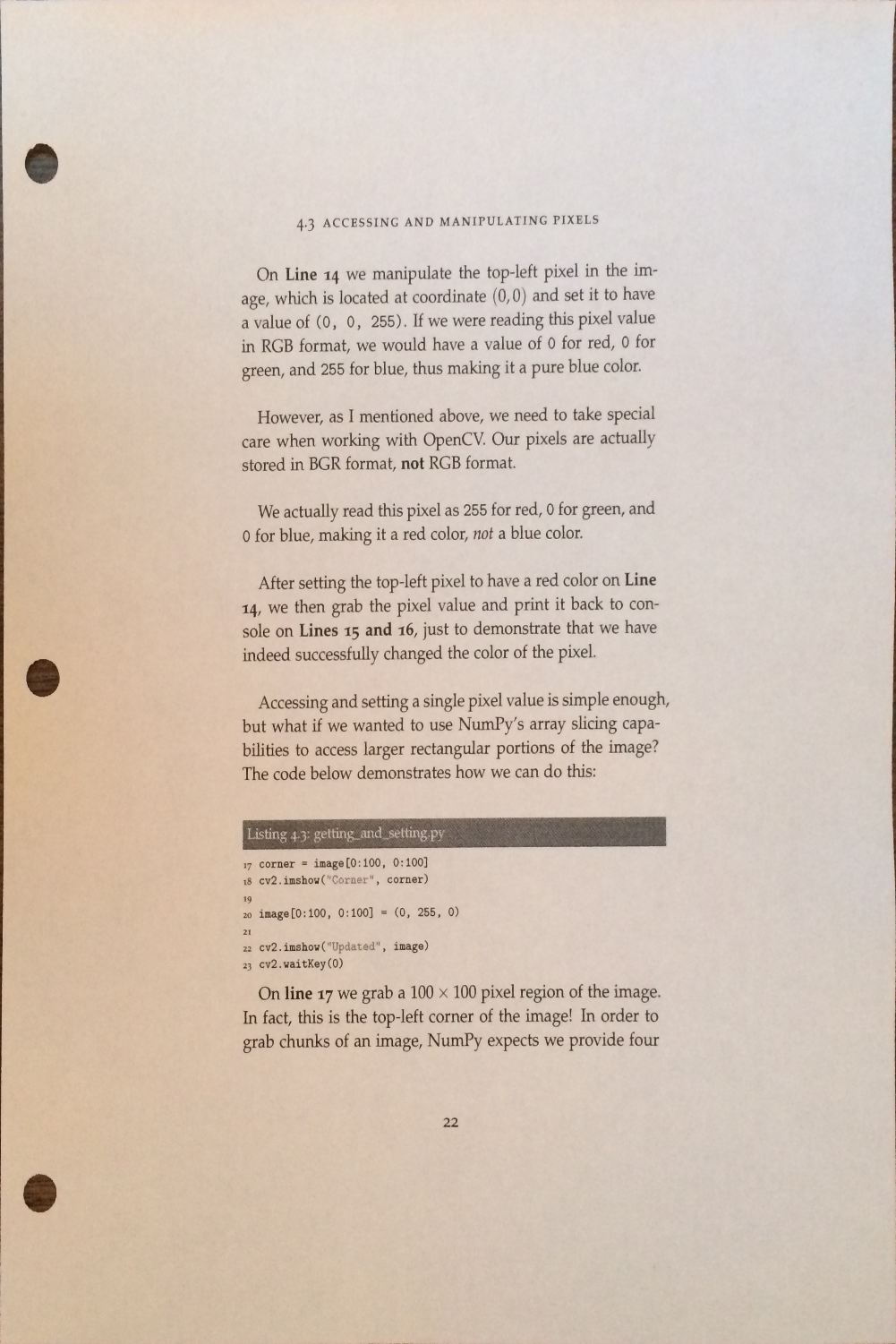1 # Author:Winter Liu is coming! 2 import cv2 as cv 3 import numpy as np 4 import pytesseract 5 6 7 # 预处理,高斯滤波(用处不大),4次开操作 8 # 过滤轮廓唯一 9 def contour_demo(img): 10 gray = cv.cvtColor(img, cv.COLOR_BGR2GRAY) 11 gray = cv.GaussianBlur(gray, (5, 5), 1) 12 ref, thresh = cv.threshold(gray, 127, 255, cv.THRESH_BINARY) 13 kernel = np.ones((9, 9), np.uint8) 14 thresh = cv.morphologyEx(thresh, cv.MORPH_OPEN, kernel, iterations=4) 15 contours, hierachy = cv.findContours(thresh, cv.RETR_EXTERNAL, cv.CHAIN_APPROX_SIMPLE) 16 print(len(contours)) 17 return contours 18 19 20 def capture(img): 21 contours = contour_demo(img) 22 # 轮廓唯一,以后可以扩展 23 contour = contours[0] 24 # 求周长,可在后面的转换中使用周长和比例 25 print(cv.arcLength(contour,True)) 26 img_copy = img.copy() 27 # 使用approxPolyDP,将轮廓转换为直线,22为精度(越高越低),TRUE为闭合 28 approx = cv.approxPolyDP(contour, 22, True) 29 # print(approx.shape) 30 # print(approx) 31 # cv.drawContours(img_copy, [approx], -1, (255, 0, 0), 15) 32 n = [] 33 # 生产四个角的坐标点 34 for x, y in zip(approx[:, 0, 0], approx[:, 0, 1]): 35 n.append((x, y)) 36 p1 = np.array(n, dtype=np.float32) 37 # 对应点 38 p2 = np.array([(0, 0), (0, 1500), (1000, 1500), (1000, 0)], dtype=np.float32) 39 M = cv.getPerspectiveTransform(p1, p2) # 变换矩阵 40 # 使用透视变换 41 result = cv.warpPerspective(img_copy, M, (0, 0)) 42 # 重新截取 43 result = result[:1501, :1001] 44 cv.imwrite(r"C:PycharmProjectsOpenCVpicocr.png", result) 45 return result 46 47 48 # 图像识别代码,需要预先下载安装开源工具包 pytesseract,配置环境变量 49 # pip install pytesseract 50 # 修改“C:PythonPython37Libsite-packagespytesseractpytesseract.py”中“cmd”为绝对路径 51 def ocr_img(img): 52 gray = cv.cvtColor(img, cv.COLOR_BGR2GRAY) 53 # 图像清晰度越高结果越精确,时间更长 54 text = pytesseract.image_to_string(gray) 55 print(text) 56 57 58 src = cv.imread(r"C:PycharmProjectsOpenCVpicpage.jpg") 59 res = capture(src) 60 ocr_img(res) 61 cv.waitKey(0) 62 cv.destroyAllWindows()

